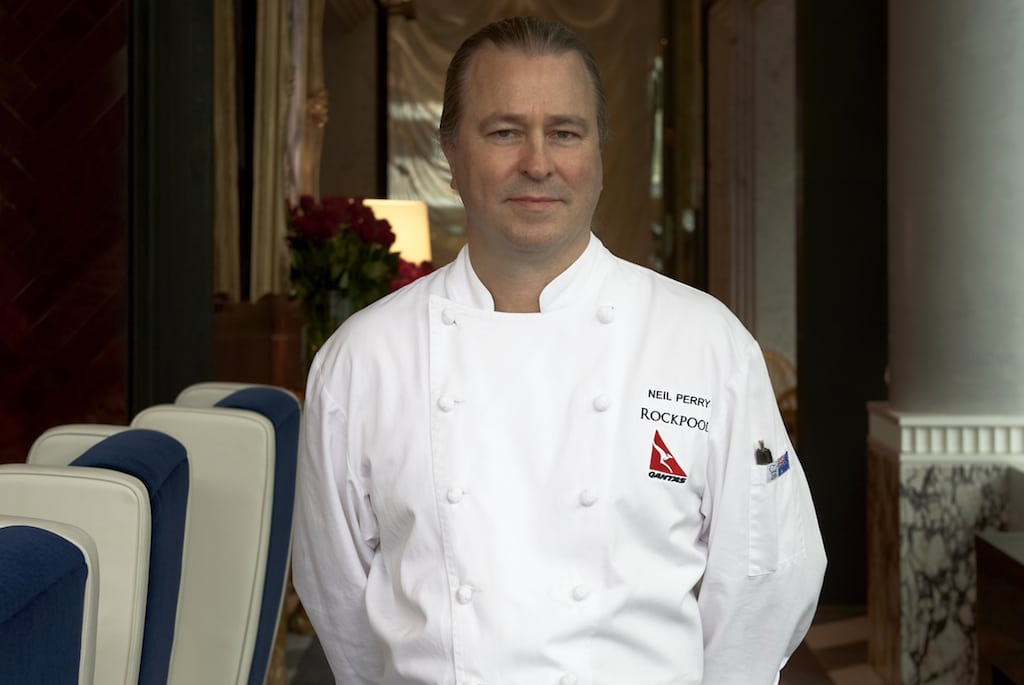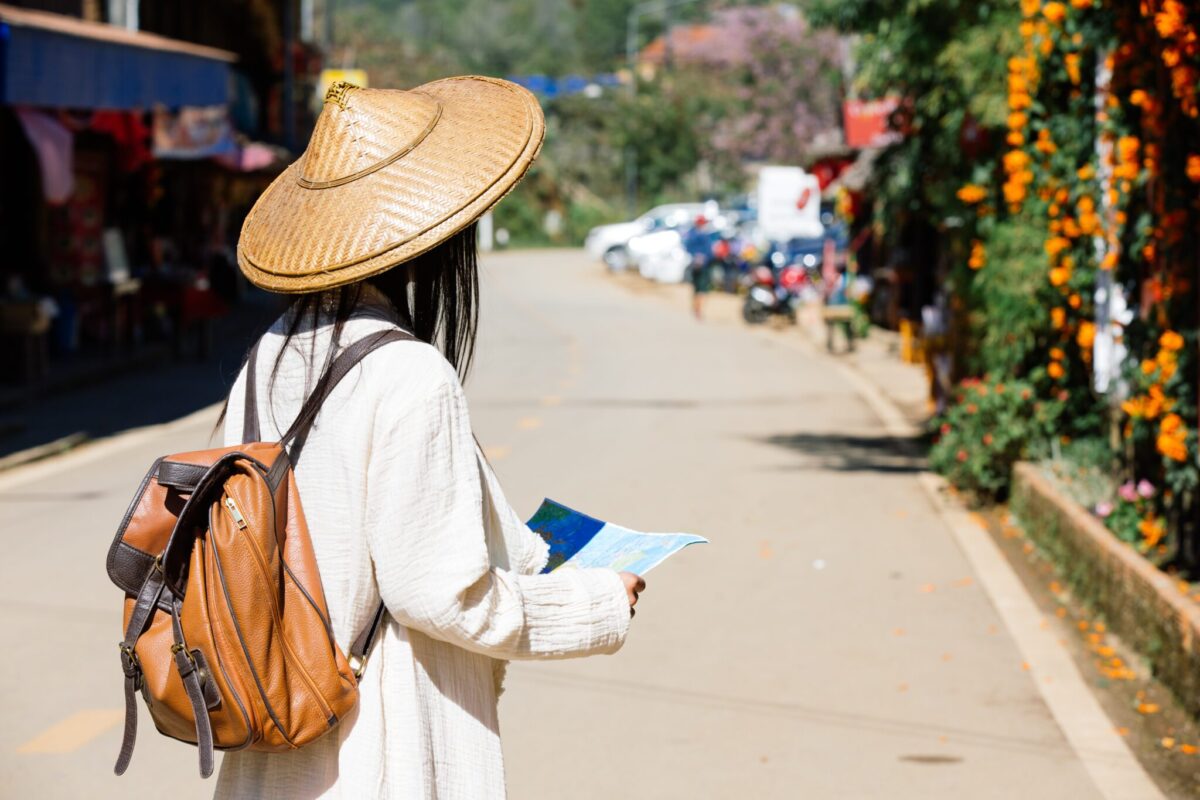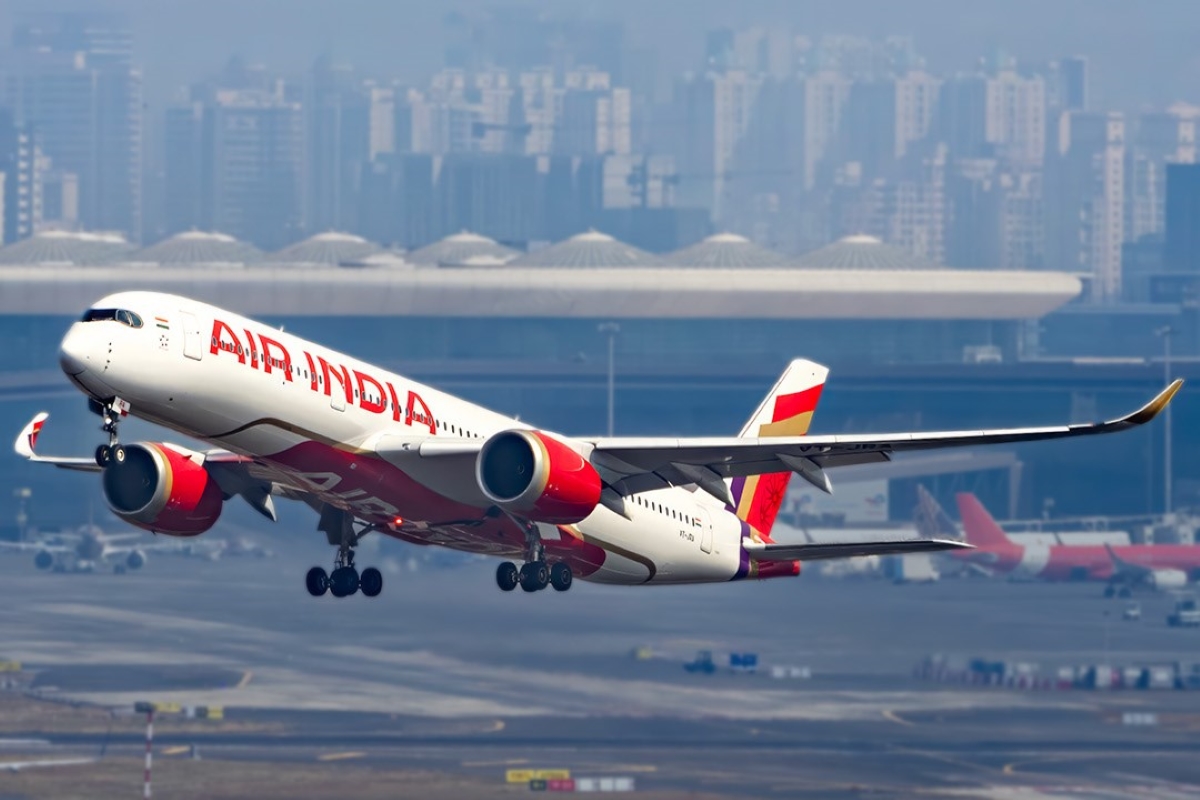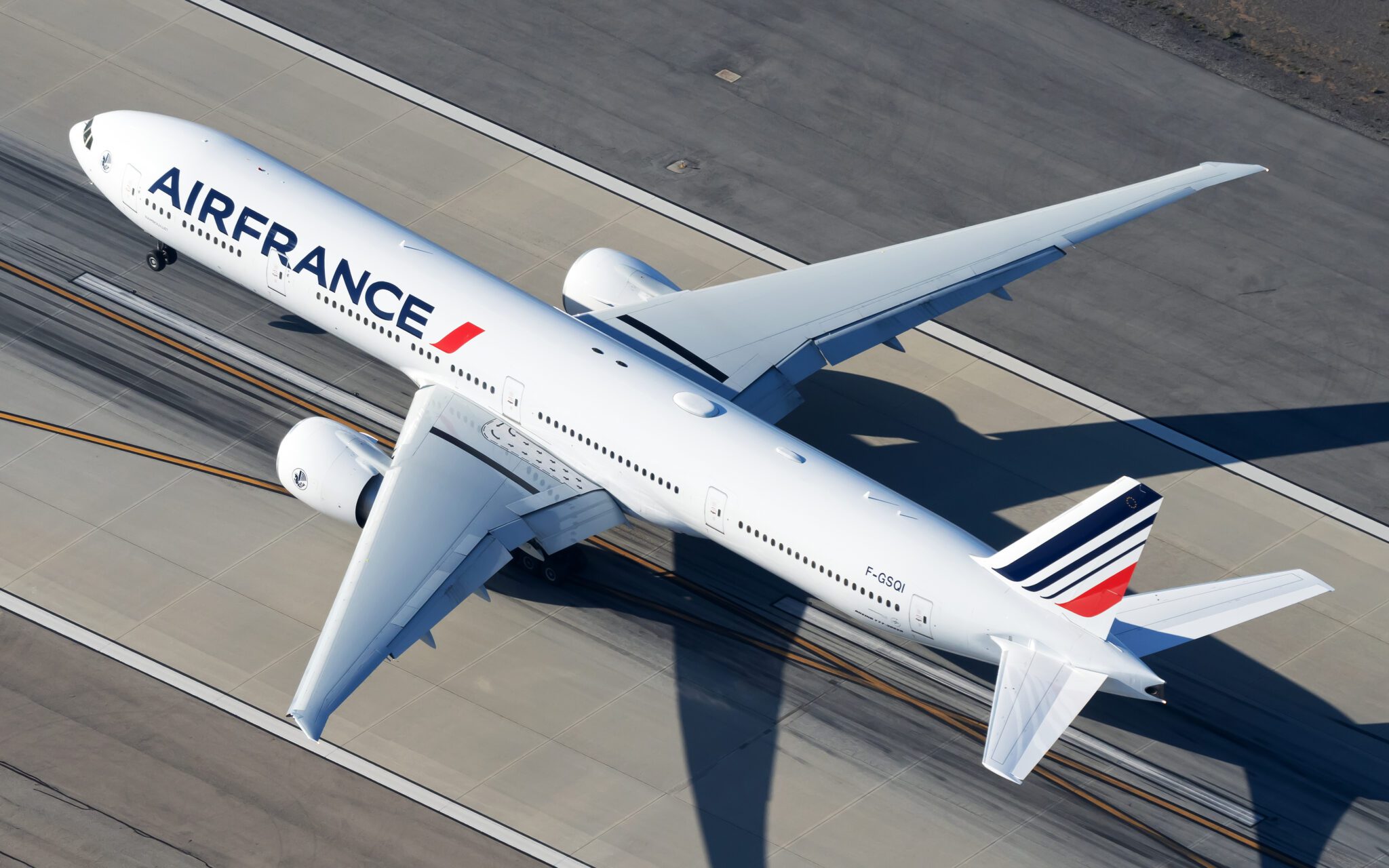What It Means For Airlines When a Celebrity Chef Prepares the Meals

Skift Take
Airlines from around the world have started hooking up with their hometowns’ hottest celebrity chefs in an attempt to create business- and first-class menu selections that passengers will look forward to eating.
However, creating an in-flight meal is a completely different beast from cooking a world-renowned dish that travels only a few feet from kitchen to consumer. The chefs have to work closely with airlines’ kitchens to create menus that stand the test of time and altitude.
Curious about these partnerships and how these famed chefs translate their cooking skills into in-flight products, we turned to a few major airlines in the U.S., Europe, and Australia.
Who’s is the Kitchen?
Delta’s current culinary team is made up of chefs Michelle Bernstein, Michael Chiarello and Linton Hopkins, as well as restaurateur Danny Meyer and Master Sommelier Andrea Robinson.
The menus, designed for Delta’s BusinessElite passengers, are altered seasonally and made to match certain routes’ departure cities and destinations.
Bernstein was the first to join in 2007 and Delta continued to expand the team to focus on different routes, cabins, or aspects of the meal.
For example, Chiarello designs Delta’s Western menu for flights from the West Coast to Japan while Hopkins designs meals reflective of the American South for flights from Atlanta to Europe.
Meyer helped Delta create a Blue Smoke menu for its “Dine and Rest” option, which brings faster meal service to business class travelers by delivering all courses at once.
Among European airlines, Air France started introducing renowned French chefs, including Joël Robuchon, Guy Martin, and Thibaut Ruggeri, to each design a dish for its Business Class menu in December 2011. The French flag carrier then handed all responsibility to a single chef, triple Michelin-starred chef Régis Marcon, starting in April 2014.
“One thing all of these chefs have in common is that they are all recognized and decorated with different culinary achievements and each brings a distinctly French touch to their meals,” explains an Air France spokesperson.
Range of Relationships
Qantas Airways‘ attempt to introduce a celebrity chef led to a revamp of its entire culinary program.
Qantas initially contacted chef Neil Perry in 1997 as a “guest chef,” but apprehension about his meals being sent to third-party catering centers caused Perry to propose another idea. Perry, manager of seven award-winning Australian restaurants, instead created Rockpool Consulting and brought in seven consultants to oversee the entire meal creation.
Singapore Airlines has its International Culinary Panel, a pool of nine chefs it relies on at destinations it serves, including Alfred Portale in New York City, Suzanne Goin in Los Angeles, Sanjeev Kapoor in Mumbai, and Georges Blanc in France. They work with the airline’s food and beverage director Hermann Freidanck to create menus specific to the markets the airline is flying in and out of.
Other carriers have experimented with celebrity chefs only to drop the program later on.
American Airlines has previously worked with chefs including Marcus Samuelsson, Richard Sandoval, and Sam Choy, but stopped including celebrity chefs in the menu design process in September 2013.
The change comes as part of the American and US Airways integration, during which an American spokesperson says all in-flight offerings will be reevaluated. The program is something the airline would consider reintroducing in the future.
Other airlines worldwide including British Airways, United Airlines, and Japan Airlines have worked with celebrity chefs to give their business and first class passengers a meal to look forward to.
From Concept to Tray Table
The responsibility involves more than whipping up a delicious dish in the chefs’ private kitchens.
The chefs work with the airlines’ kitchen and catering partners to learn about and understand the challenges involved in creating dishes that will be consumed at 30,000 feet.
“Because of a lack of humidity at high altitude, the senses of smell and taste are dulled while in flight so food and wine must both have strong, robust flavors to make an impression,” explains a Delta spokesperson.
“Also, food must be cooked in a catering kitchen on the ground, chilled and then re-heated and plated in flight.”
Although every airline rotates its menu multiple times a year, the actual timeline from concept to tray table is different for each carrier.
A Delta spokesperson explains that a two-month process occurs in which the chef sends a list of concepts to the airline to be reviewed and vetted by staff. The airline returns the list after cutting about a quarter of the concepts due to repetition or customer feedback, and then the chef fleshes it out and prepares presentation tastings. Delta staff will make their final selection from there.
The recipe is replicated by suppliers; however, chefs usually give their final approval before deployment.
“Chefs will work with suppliers to make sure the food is up to the standard that they expect,” a Delta spokesperson explains. “Ultimately, it’s their reputation as well.”
Qantas staff have a considerably longer 11-month process that takes place before menu changes, which happen every three months.
The recipes are developed in controlled environment at the Rockpool Consulting kitchen to ensure they can be replicated in catering centers around the world and onboard.
“It’s a lengthy process of research, inspiration, planning, testing, sourcing, creating, apportioning and flying the many hundreds of superb dishes which land on the plates of passengers, miles high around the globe,” a Qantas spokesperson says.
At Singapore Airlines, the process begins in the chefs’ kitchens, where they develop seasonal dishes and then bring in the airline’s culinary team to see how the dishes are made. The work then shifts to catering facilities near airports, where teams work to replicate the dishes according to strict guidelines of available ingredients, weight, prep time, and taste. Dishes then undergo a quarterly review with food and beverage head Freidanck, who spends two days in each market tasting and testing everything before final sign off.
What a Celebrity Brings to the Table
It can be difficult to track the impact of celebrity-designed meals since most of the dishes they create are provided for free in business and first class.
The celebrity chefs do; however, provide the airlines with fodder for their marketing campaigns.
“Our in-flight menu is a key part of making our passengers feel like they’re getting a true French experience from the moment that they step on-board and is one of many components in sharing with passengers the French art de vivre,” says an Air France spokesperson.
Other airlines rely on customer feedback and insights to tweak and measure the success of their menus.




